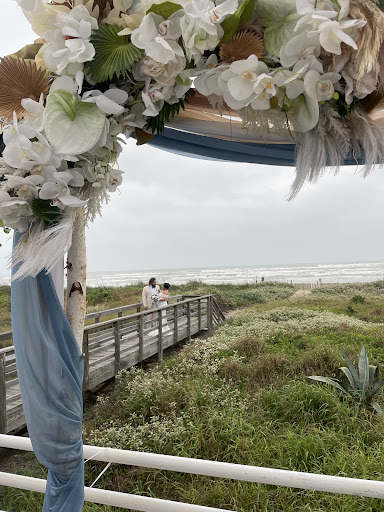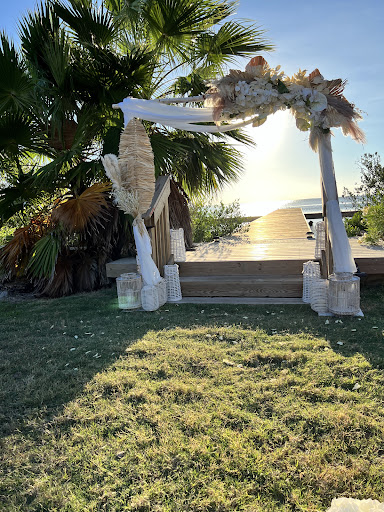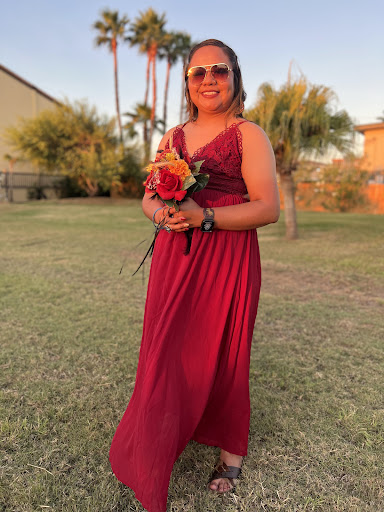How to Plan Your Wedding on a Budget
By Weddings By Wendi – Your San Marcos, Texas wedding planning partner
Most couples find themselves overwhelmed when planning a wedding, especially when trying to stick to a budget. Here’s a guide to help you navigate the vitals without overspending.
First, determine your overall budget. Sit down and talk with your partner and any family members who may contribute. Establish a total amount you can comfortably spend. Break it down into categories like venue, catering, attire, and decorations to understand where the majority of your funds will go.
Next, prioritize your wants versus needs. Make a list of what is most important to you—whether it’s the venue, photography, or food quality. Establishing this will help ensure you allocate funds to areas that matter most. You may need to compromise on less important aspects.
Consider choosing an off-peak date for your wedding. Venues and vendors often charge less during non-traditional wedding months or on weekdays. This can result in significant savings that can be redirected to other areas of your celebration.
In the context of venues, think outside the box. Instead of traditional banquet halls, explore local parks, vineyards, or even your backyard for a more affordable yet romantic setting. Hosting your ceremony and reception at the same location can also cut transportation costs.
For catering, explore different options beyond typical wedding fare. Consider a buffet or family-style meal instead of a sit-down dinner, as this can reduce both food and service costs. You can also reach out to food trucks or local restaurants that might provide unique and budget-friendly catering options.
Attire can be a significant expense, so look for sales, sample sales, or online retailers specializing in discounted wedding dresses. Renting attire or wearing vintage finds can also save money while providing a unique look. Additionally, consider talking to friends or family who may have wedding attire you could borrow.
Incorporate DIY elements to add personal touches without breaking the bank. From centerpieces to invitations, find creative ways to make things yourself or enlist the help of crafty friends and family. This not only cuts costs but also adds a personal flair to your wedding.
Don’t overlook the power of online research. Utilize wedding planning websites and apps to compare prices, read reviews, and find deals on services you need. Many vendors offer special rates when booked through these platforms, making it easier for you to keep costs down.
Consider a smaller guest list. Every additional guest increases your expenses. By inviting only close friends and family, you can create a more intimate atmosphere while saving on catering, seating, and venue costs.
Lastly, set aside a small contingency fund within your budget for unexpected expenses. Life can be unpredictable, and having a cushion will help you stay on track without additional stress.
Planning a wedding on a budget requires thoughtfulness and creativity. By prioritizing what is most important to you and seeking affordable alternatives, you can have the wedding of your dreams without financial strain.










































